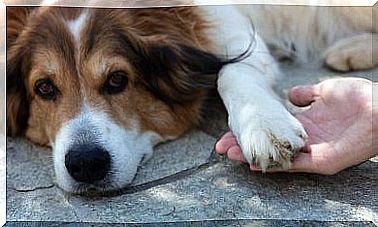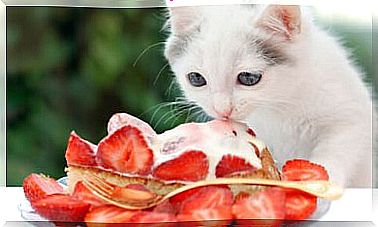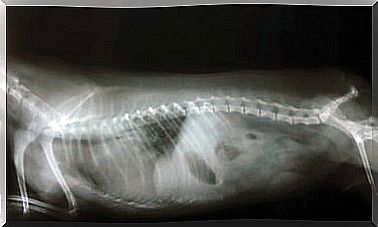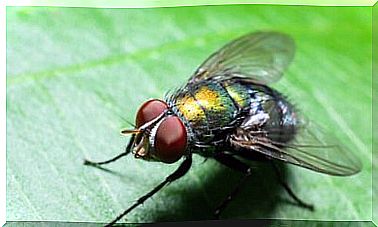Why Shouldn’t The Cat’s Nails Be Amputated?
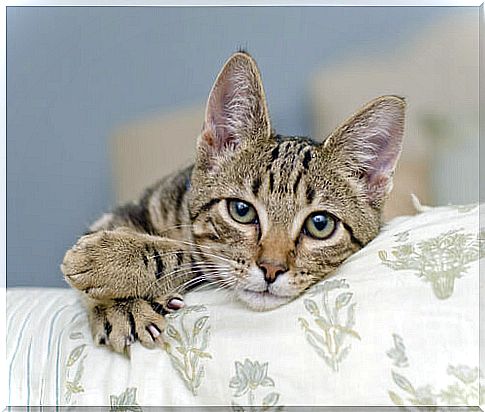
We have all heard once that the cat’s claws are part of its feline nature, an important characteristic of its species. Through them, the cats hunt, play, mark their territory, walk and climb.
The so-called declawing or amputation of feline nails
The risks of amputating cats’ nails are very varied. Besides generating a loss in the animal to carry out many of their activities, it is shown that the half of the animals that have had this amputation suffer certain complications, such as infections, lameness and other pathologies.
Once the surgery has occurred, the cat will never have its retractable claws, which makes it handicapped for many daily activities such as climbing or playing. The declawing process is very painful for the animal, and can lead to chronic, in addition to bleeding, infections, fistulas, lameness, etc.
Defense mechanisms
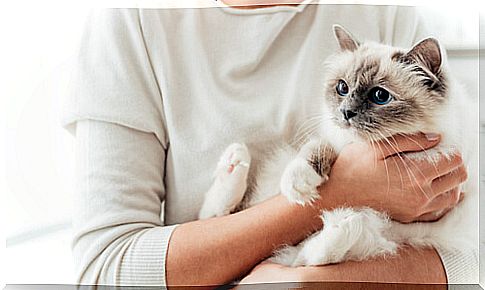
In addition, it must be taken into account that the nails are tools that the cat has to defend itself from the attacks of other animals or their predators. A feline that has been declawed will not be able to walk properly or scratch, play normally, or relax by marking the territory with its claws. It is quite common for the animal to develop different pathologies that alter its behavior, such as anxiety and aggressiveness.
Declawing is not performed in Spanish clinics. Every veterinarian should refuse to carry out these harmful practices.
The best solutions to avoid problems at home with the cat’s claws
Coexistence
The concern of cat owners is based on the damage that the animal can cause among household items, and this circumstance will have to be assumed by whoever wants to have these pets. The owners who are going to have this animal at home have to be well informed about the way in which the kitten uses its claws, in addition to the elements that can be purchased for the cat to sharpen its nails.
It must be taken into account that domestic coexistence is possible between the owners and the cats and their claws, following certain guidelines. Many actions can be followed so that the feline does not destroy the home furnishings with its nails, serving as an example the placement of objects that fall and make noise when the animal is about to scratch, which will cause it to get scared and stop doing it.
It is also positive to cut the cat’s nails from a young age. In this way, he will get used to manipulating his claws in a suitable or non-harmful way, and his stress in his adulthood will be reduced by not being able to do so.
Scratching posts for cats
What is the reason why we can have some scrapers at strategic points in the home? Is it preferable that our friend has very sharp nails? On the one hand, placing several scratchers throughout the house will prevent the animal from tending to sharpen its nails in the least indicated place.
Among the characteristics of the scratching post , it must be in a vertical position, very secure so as not to move with the cat’s scratches, with a sufficient height for the cat to stretch well when doing its sharpening exercises, and, logically, located where the cat usually goes, his favorite place.
For scraper use, the sooner the better. When introducing the cat into the home as a child, it is much easier for a small kitten to get used to the scratcher than an adult feline.
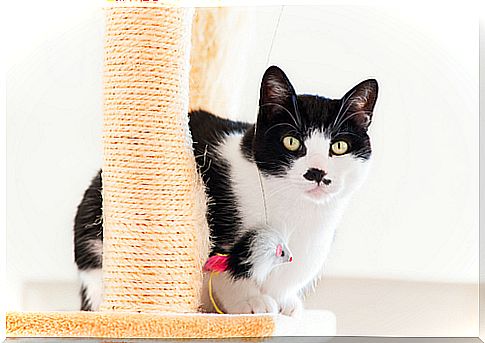
Scrapers usually have different textures. And we can try the one that our friend likes the most. It often happens that sometimes they prefer a softer area to rub in and a rougher one for their nails.
We can also try angles. Some cats prefer that the scratcher is not totally vertical, but rather is a kind of ramp. Many scratchers offer different shapes and positions for the cat to experiment with.
In the event that there is more than one cat in the house, it should be noted that kittens mark their territory by scratching the scratching post and leaving olfactory marks on it. The ideal, therefore, is that each kitten has its own. The first trick to try is to scratch the owner so that the feline sees it and imitates it with patience and proper technique.

